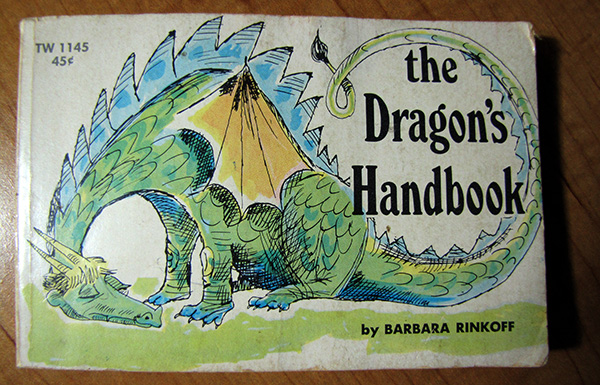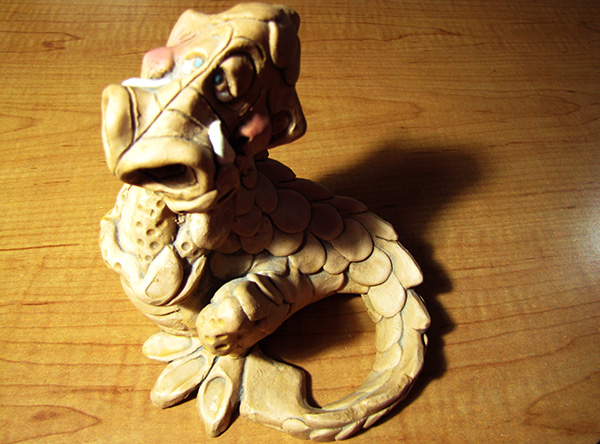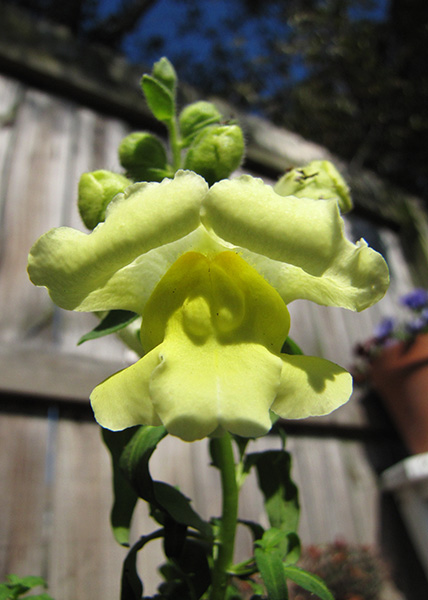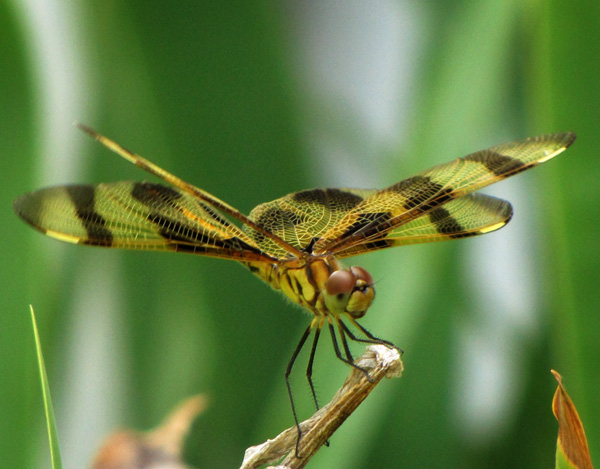
It’s been two years since my last post. Two entire years of an ongoing search for balance. Any and all versions of balance.

In this search, as with everything else, I fail more often than succeed. But failure is, of itself, productive.

Except, the word “productive” is problematic, isn’t it? What, exactly, constitutes productivity? If the results of my labors are largely invisible, even intangible, have I truly been productive?

“What Heisenberg discovered was that the limit to our ability to observe the universe determines the boundaries of reality. Physical reality and observability are tied together. If you and I cannot observe it, it does not exist… or is it perhaps, if it exists, it is because you and I observe it?” Evan Harris Walker in The Physics of Consciousness: The Quantum Mind and the Meaning of Life (1)

Maybe some adage applies, based on the laws of thermodynamics. Maybe I create and destroy in equal measures, so the sum of my productivity is zero. A cancellation of balances. Any and all versions of balance.




Or maybe words matter less than I imagine, and imagination matters more, when shaped into words.

“…nature is a chaos of forms and colors and shapes and forces, and the various ways in which that chaos has been untangled and made legible should never be taken as nature’s truth but rather as nature’s possibility within a human imaginary.” Rachel Poliquin in The Breathless Zoo: Taxidermy and the Cultures of Longing (2)

Independent of my blog activity, independent of words and definitions, the yard’s wheel bugs flourish and die and flourish and die with seasonal regularity.

(Catalogued in the family of assassin bugs, wheel bugs are considered beneficial predators. They possess a long “beak” for stabbing their prey, as seen in some of these photos. The same beak can be used defensively, and people who have been stabbed by wheel bugs report the bite to be “immediately and intensely painful”.)

The first generation I followed, in the summer of 2017, never knew life without my looming camera-presence. I found their egg clusters in the winter of 2016 and photographed them through their own egg-laying.
But I largely abandoned my camera the next year, so the next generation escaped my looming camera-presence. Can I prove that they flourished, without photos? That they were overtly and conspicuously productive? Populating the live oak and pear tree, the wax myrtles and pollinator beds. Always hunting and molting, destroying and creating.


Always, in my imagination, a chitin metaphor to be used in a future poem or blog post.
When I began planning this post, my long-awaited wheel bug post, I discovered what I should have expected all along. The yard’s current wheel bugs, unaccustomed to a looming camera-presence, are difficult to photograph.

These last photos, all taken yesterday, are the result of two weeks’ searching and stalking and standing quietly under the live oak. Two weeks for a set of blog photos.
Two weeks of productive creativity. Because I did other things, during those two weeks, but I approached each task with a bit more creativity than usual.

And now, a blog post! At last!

A brief moment of imperfect balance, two years in the making. Word-shaped and shared.

Quotation sources:
(1) Walker, Evan Harris. The Physics of Consciousness: The Quantum Mind and the Meaning of Life. Basic Books. 2000. p 54.
(2) Poliquin, Rachel. The Breathless Zoo: Taxidermy and the Cultures of Longing. Pennsylvania University Press. 2012. p 9.
Recommended reading:
- Obituary for poet and editor Jon Tribble at Monsters and Critics
- Fascinated to Presume: In Defense of Fiction by Zadie Smith at The New York Review of Books (via Arts & Letters Daily)
- “For Rachel Carson, wonder was a radical state of mind” by Jennifer Stitt at Aeon
- “Exile! Exile!” poem by Eavan Boland at the Poetry Foundation website
Here are three of my favorite recently-read books. Have you read them? What did you think?
Poetry: Painting Czeslawa Kwoka, Honoring Children of the Holocaust by Theresa Senato Edwards and Lori Schreiner
Fiction: This Is How It Always Is by Laurie Frankel
Non-fiction: Stein on Writing by Sol Stein





















